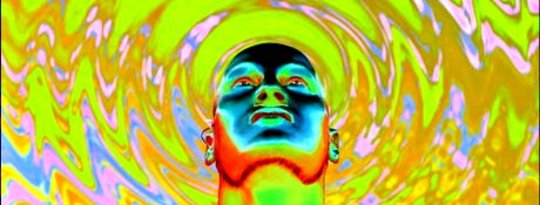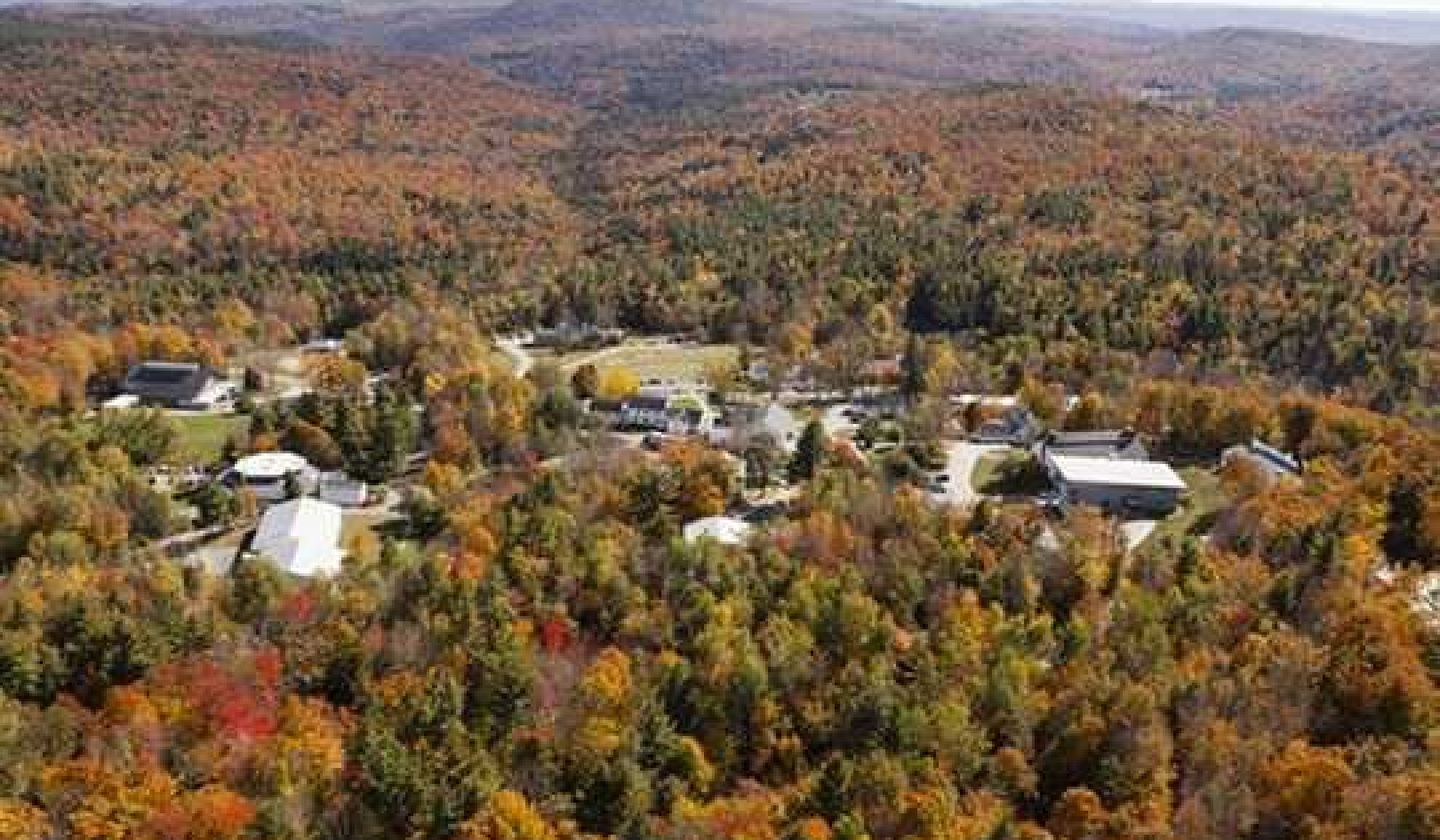
Almost all of the medical research with psychedelic drugs to date has been focused on curing diseases and treating illnesses. Little attention has been paid to the reported ability of these remarkable substances to increase human potential, and even less attention has been paid to their reputed ability to significantly enhance all aspects of human pleasure.
However, one can envision a time in the not-too-distant future when we will have cured our most challenging pathological conditions and it’s likely that we’ll then focus our research efforts on discovering new ways to improve our physical and mental performance. A science devoted purely to enhancing pleasure might come next, and psychedelics could play a major role in this new field.
The Science of Pleasure and Fun: Savoring Ecstatic Bliss & Enhancing the Appreciation of Beauty,
According to surveys done by the U.S. National Institute of Drug Abuse, the number one reason why people use LSD is because “it’s fun.” Many hundreds of psychedelic trip reports have described long periods of deeply appreciating extraordinary beauty and savoring ecstatic bliss, experiences that were many orders of magnitude more intense than the subjects previously thought possible.
With all the current research emphasis on the medical applications and therapeutic potential of psychedelics, in research circles the unspoken and yet obvious truth about these extraordinary substances is that, when done properly, they’re generally safe and healthy ways to have an enormous amount of fun. There’s good reason why they’re so popular recreationally, despite being illegal.
When psychedelic research begins to integrate with applied neuroscience and advanced nanotechnology in the future, we can begin to establish a serious science of pleasure and fun. Most likely this would begin with a study of sensory enhancement and time dilation (slowing down the perception of time), which are two of the primary effects that psychedelic drugs reliably produce.
Research Centers Studying Ecstasy, Tickling, and Laughter?
Massage therapy, Tantra, music, culinary crafting, and other pleasure-producing techniques and activities could be systematically explored with psychedelics, and universities could have applied research centers devoted to the study of ecstasy, tickling, and laughter.
Maverick physicist Nick Herbert has suggested diverting a portion of the U.S. military budget to fund the creation of a series of “pleasure domes.” Herbert’s “Pleasure Dome” project seeks to explore the possibilities of amplifying pleasure, and although this project is little more than an idea at this point, it may be the first step toward turning the enhancement of pleasure into a true science.
In addition to enhancing pleasure, psychedelics also stimulate the imagination in extraordinary ways.
Creativity and Problem-Solving Abilities,
 A number of early studies suggest that psychedelic drugs may stimulate creativity and improve problem-solving abilities. In 1955 Louis Berlin investigated the effects of mescaline and LSD on the painting abilities of four nationally recognized graphic artists. Although the study showed that there was some impairment of technical ability among the artists, a panel of independent art critics judged the experimental paintings as having greater aesthetic value than the artists’ usual work.
A number of early studies suggest that psychedelic drugs may stimulate creativity and improve problem-solving abilities. In 1955 Louis Berlin investigated the effects of mescaline and LSD on the painting abilities of four nationally recognized graphic artists. Although the study showed that there was some impairment of technical ability among the artists, a panel of independent art critics judged the experimental paintings as having greater aesthetic value than the artists’ usual work.
In 1959 Los Angeles psychiatrist Oscar Janiger asked sixty prominent artists to paint a Native American doll before taking LSD and then again while under its influence. These 120 paintings were then evaluated by a panel of independent art critics and historians. As with Berlin’s study, there was a general agreement by the judges that the craftsmanship of the LSD paintings suffered; however, many received higher marks for imagination than the pre-LSD paintings.
In 1965 James Fadiman and Willis Harman at San Francisco State University administered mescaline to professional workers in various fields to explore its creative problem-solving abilities. The subjects were instructed to bring a professional problem requiring a creative solution to their sessions. After some psychological preparation, subjects worked individually on their problem throughout their mescaline session. The creative output of each subject was evaluated by psychological tests, subjective reports, and the eventual industrial or commercial validation and acceptance of the finished product or final solution. Virtually all subjects produced solutions judged highly creative and satisfactory by these standards. These studies are summarized and explored in detail in James Fadiman’s book The Psychedelic Explorer’s Guide.
Anecdotal Examples Suggest A Link Between Creativity and Psychedelic Drugs
In addition to the scientific studies that have been conducted there are also a number of compelling anecdotal examples that suggest a link between creativity and psychedelic drugs. For example, architect Kyosho Izumi’s LSD-inspired design of the ideal psychiatric hospital won him a commendation for outstanding achievement from the American Psychiatric Association, and the late Apple cofounder Steve Jobs attributed some of the insights that led to the development of the personal computer to his use of LSD. Additionally, a number of renowned scientists have personally attributed their breakthrough scientific insights to their use of psychedelic drugs — including Nobel Prize winners Francis Crick and Kary Mullis.
There hasn’t been a formal creativity study with psychedelics since 1965, although there are countless anecdotal reports of artists, writers, musicians, filmmakers, and other people who attribute a portion of their creativity and inspiration to their use of psychedelics. This is an area that is more than ripe for study.
Anecdotal reports suggest that very low doses of LSD — threshold-level doses, around 20 micrograms — are especially effective as creativity enhancers. For example, Francis Crick was reported to have used low doses of LSD when he discovered the double-helix structure of the DNA molecule.
Enhancing Imagination, Improving Problem-Solving Abilities, and Stimulating Creativity
I’d love to see a whole series of new studies exploring how cannabis, LSD, psilocybin, and mescaline can enhance the imagination, improve problem-solving abilities, and stimulate creativity. At the time of this writing the Beckley Foundation in England is supporting a study into the effects of cannabis on creativity, and is getting positive results.
As more and more of our world becomes automated with advanced robotics, I suspect that creativity will eventually become the most valuable commodity of all. Much of the creativity in Hollywood and the Silicon Valley is already fueled by psychedelics, and research into how these extraordinary tools could enhance creativity even more effectively may become a booming enterprise in the not-too-distant future.
Reprinted with permission of the publisher,
Park Street Press, an imprint of Inner Traditions Inc.
©2013 by David Jay Brown. www.innertraditions.com
This article was excerpted with permission from Chapter 7 of the book:
The New Science of Psychedelics: At the Nexus of Culture, Consciousness, and Spirituality
by David Jay Brown.
 For as long as humanity has existed, we have used psychedelics to raise our levels of consciousness and seek healing -- first in the form of visionary plants such as cannabis and now with the addition of human-created psychedelics such as LSD and MDMA. These substances have inspired spiritual awakenings, artistic and literary works, technological and scientific innovation, and even political revolutions. But what does the future hold for humanity -- and can psychedelics help take us there?
For as long as humanity has existed, we have used psychedelics to raise our levels of consciousness and seek healing -- first in the form of visionary plants such as cannabis and now with the addition of human-created psychedelics such as LSD and MDMA. These substances have inspired spiritual awakenings, artistic and literary works, technological and scientific innovation, and even political revolutions. But what does the future hold for humanity -- and can psychedelics help take us there?
Click here for more info or to order this book on Amazon.
About the Author
 David Jay Brown holds a master’s degree in psychobiology from New York University. A former neuroscience researcher at the University of Southern California, he has written for Wired, Discover, and Scientific American, and his news stories have appeared on The Huffington Post and CBS News. A frequent guest editor of the MAPS Bulletin, he is the author of several books including Mavericks of the Mind and Conversations on the Edge of the Apocalypse. Visit him at www.mavericksofthemind.com
David Jay Brown holds a master’s degree in psychobiology from New York University. A former neuroscience researcher at the University of Southern California, he has written for Wired, Discover, and Scientific American, and his news stories have appeared on The Huffington Post and CBS News. A frequent guest editor of the MAPS Bulletin, he is the author of several books including Mavericks of the Mind and Conversations on the Edge of the Apocalypse. Visit him at www.mavericksofthemind.com

























